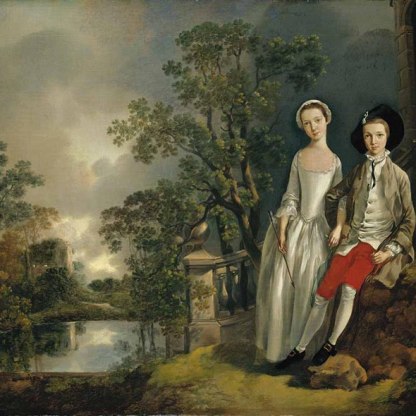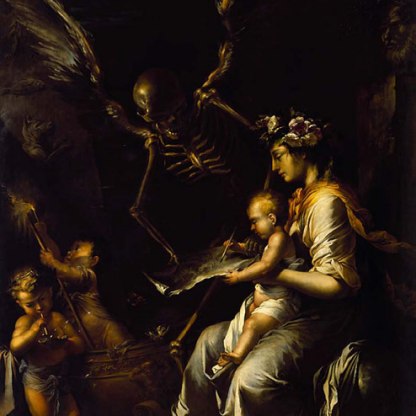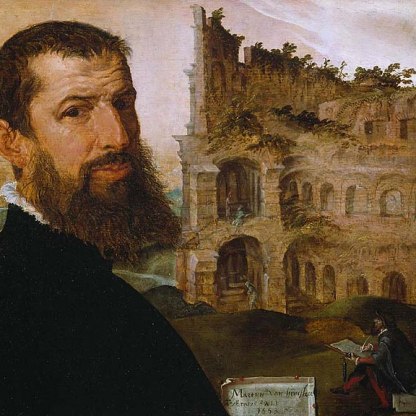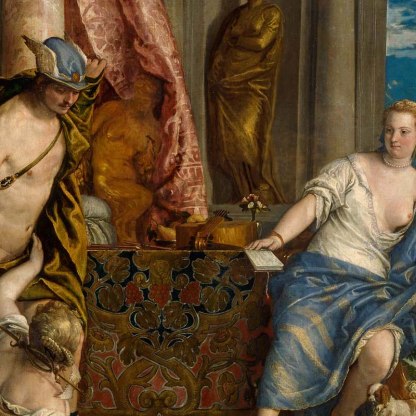Terminus
Terminus was the god of boundaries and his festival, the Terminalia, was held on 23 February. This was the last religious feast day before the Romans celebrated their new year on 1 March. It thus marked the terminal point of the religious year. The Roman poet Ovid tells of the myth and rites connected with Terminus in Book 2 of the Fasti, his poem about the Roman religious calendar:
23 February. When night has passed, let the god whose marker separates fields be celebrated with the customary honours. Terminus – be you a stone, or a stump buried in a field – you too have divine authority from ancient times. You are crowned by two owners on opposite sides; two garlands and two libations are offered to you. An altar is built for you: here a rustic farm-woman brings fire that she has taken herself from the warm hearth on a broken pot. An old man cuts logs and skilfully piles up the chopped wood, and struggles to fix branches in the hard ground; then she kindles the first flames with dry bark, and a boy stands by holding a broad basket in his hands. Next, when he has three times thrown corn into the middle of the fire, a young girl offers up cut honeycombs.
Others hold jars of wine, and each one in turn is poured on the flames; the crowd, dressed in white, watches and respects this with silent tongues. Communal Terminus is sprinkled with the blood of a slaughtered lamb, and doesn’t complain when a sucking pig is offered to him. The simple folk of the neighbourhood come together and celebrate with a banquet, and sing your praises, sacred Terminus. You mark the ends of nations, cities and great kingdoms: without you, the whole countryside would be full of disputes. You don’t go round trying to influence people, you are not corrupted by money, but with law-abiding good faith you guard the land entrusted to you. If you had been there to mark the land of Thyrea then those three hundred bodies would not have been thrown down dead, with the name of the only survivor Orthryades to be read on the piled-up arms ...
Remember what happened when the new Capitol was being built? Yes, all the company of the gods withdrew and made space for Jove. But Terminus, as the ancients recall, stayed in place, standing just where he was found in the building, and shared the temple with great Jove.
And now, so that he may see above him nothing but the stars, the roof of the temple has a small opening in it. Since then, Terminus, you have had no freedom to get up and move, stay standing in the place where you are put and do not yield to any neighbour who asks you. Don’t be seen to put any man before Jove, and when you are beaten by ploughs or rakes, simply declare: 'This is your field, and this is his!'
There is a road which takes people to the Laurentian fields, the kingdom which the Dardanian leader Aeneas once made for: on that road one can see that the sixth marking-stone from the city is made sacred to you, Terminus, with the innards of a woolly sheep.
To other nations there is a fixed boundary – but the compass of Rome’s city is the compass of the entire globe.
Ovid, Fasti 2, 639–84
Other highlight objects you might like
Other pathways and stories you might like
Sign up to our emails
Be the first to hear about our news, exhibitions, events and more…






